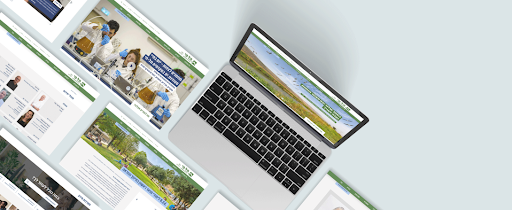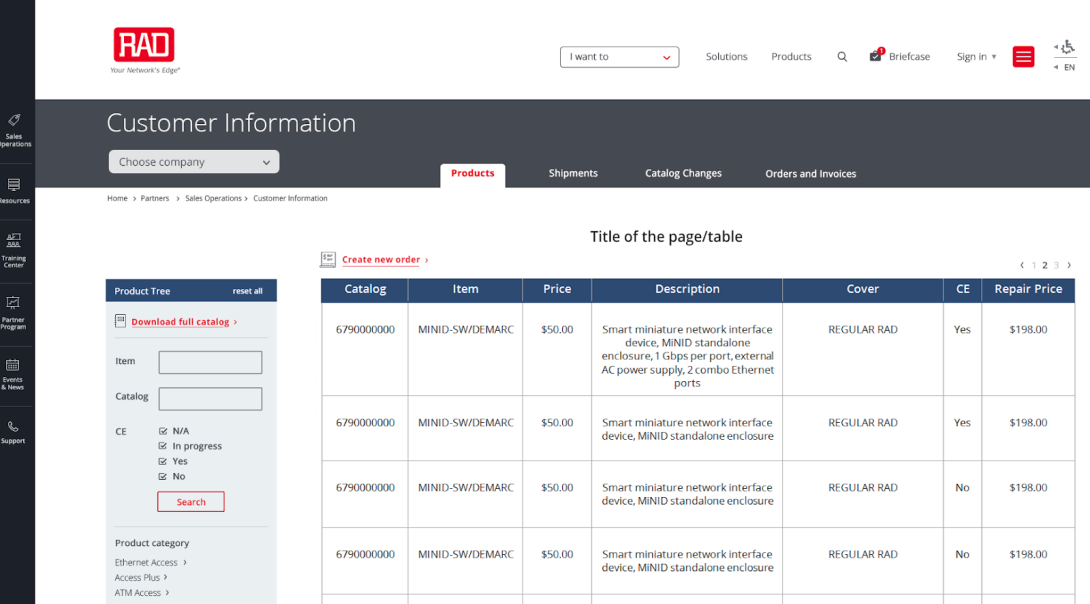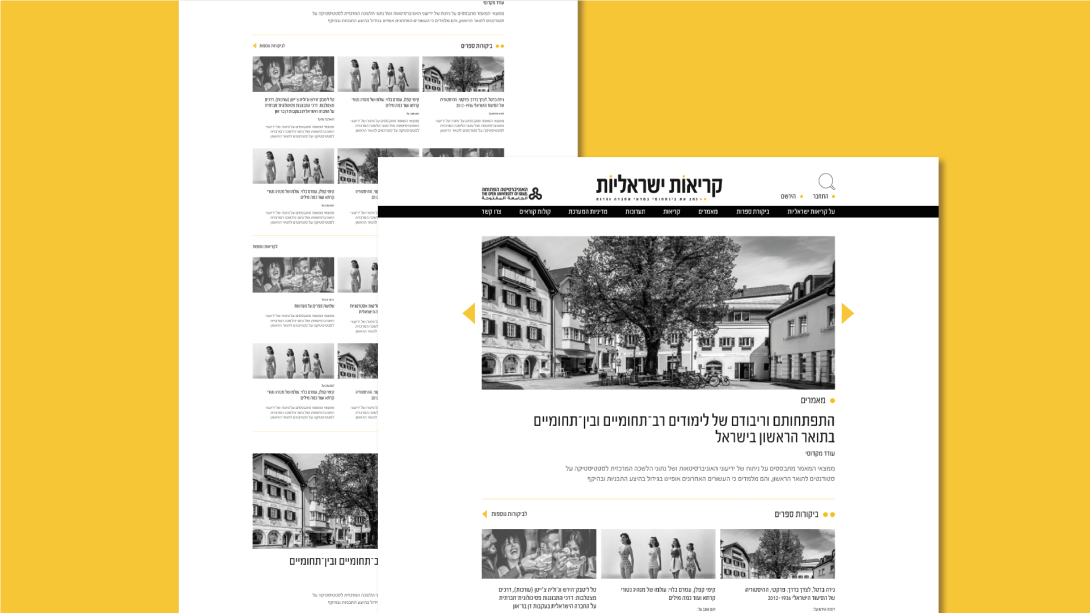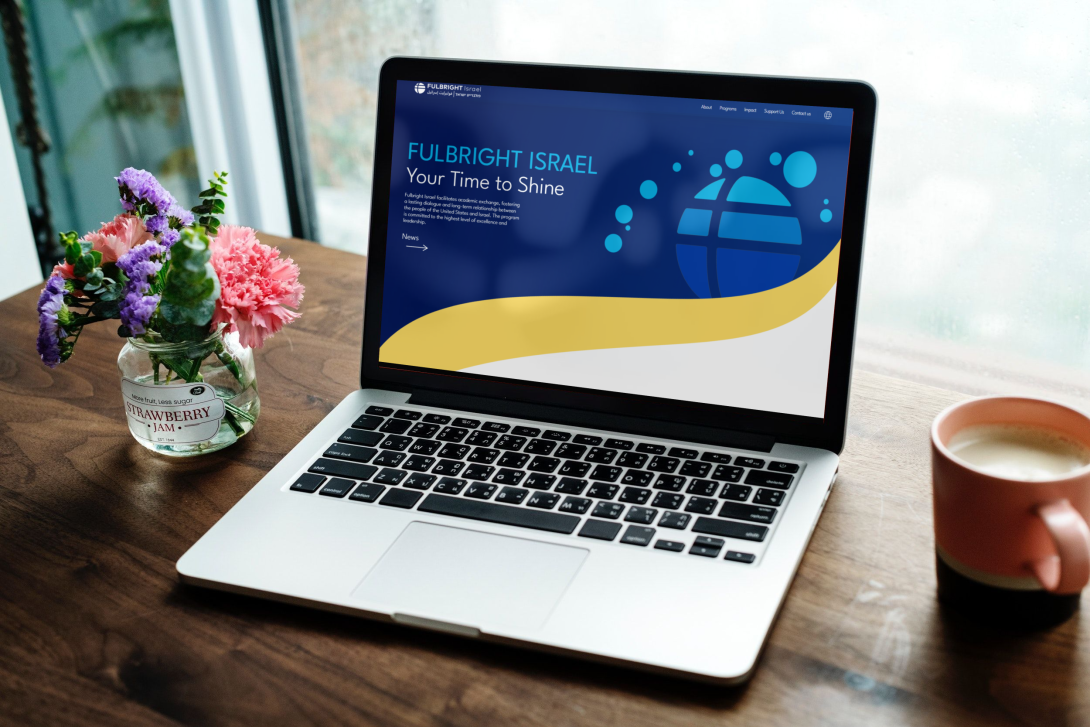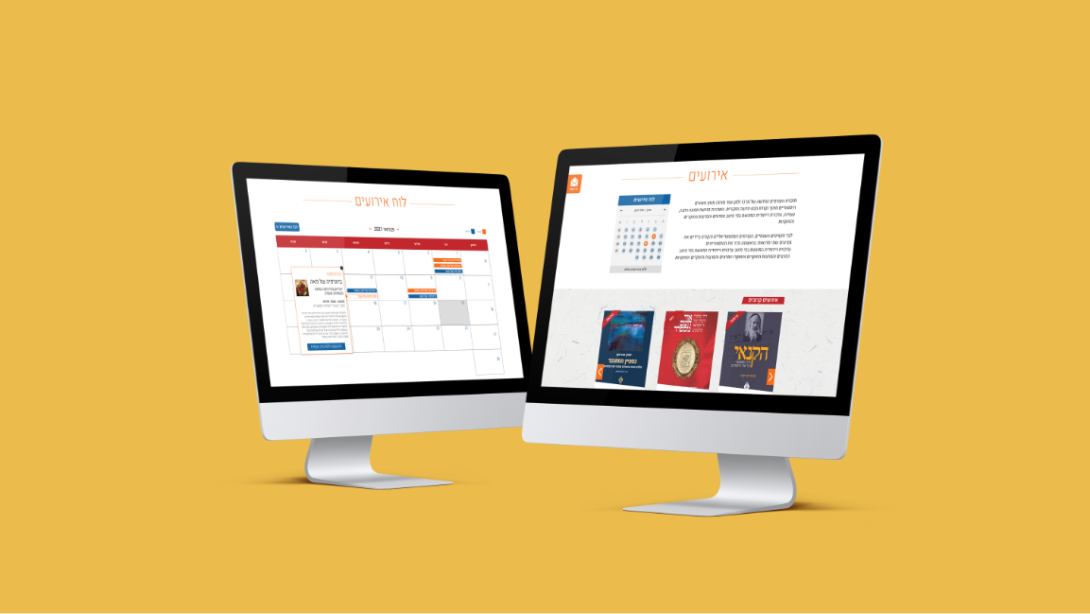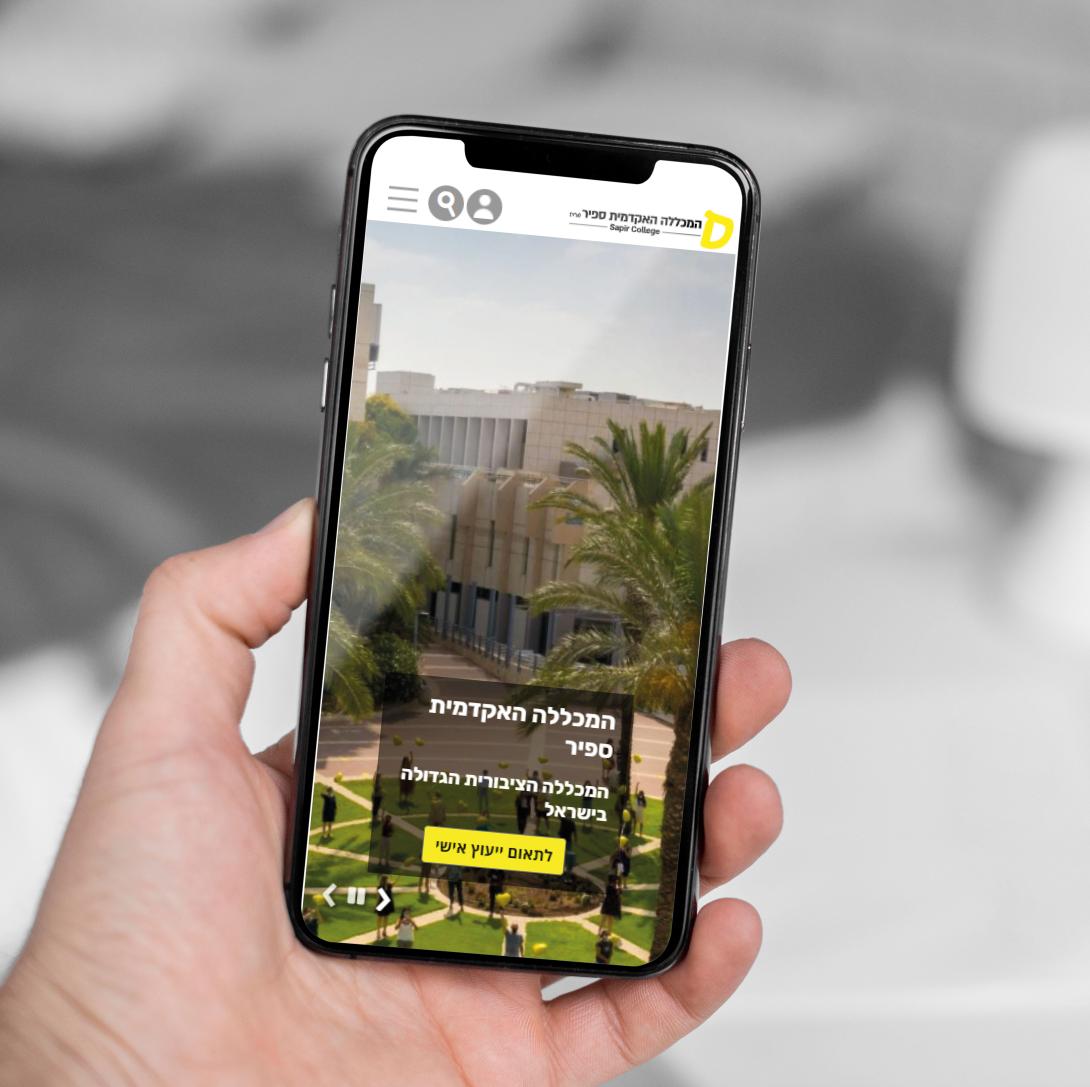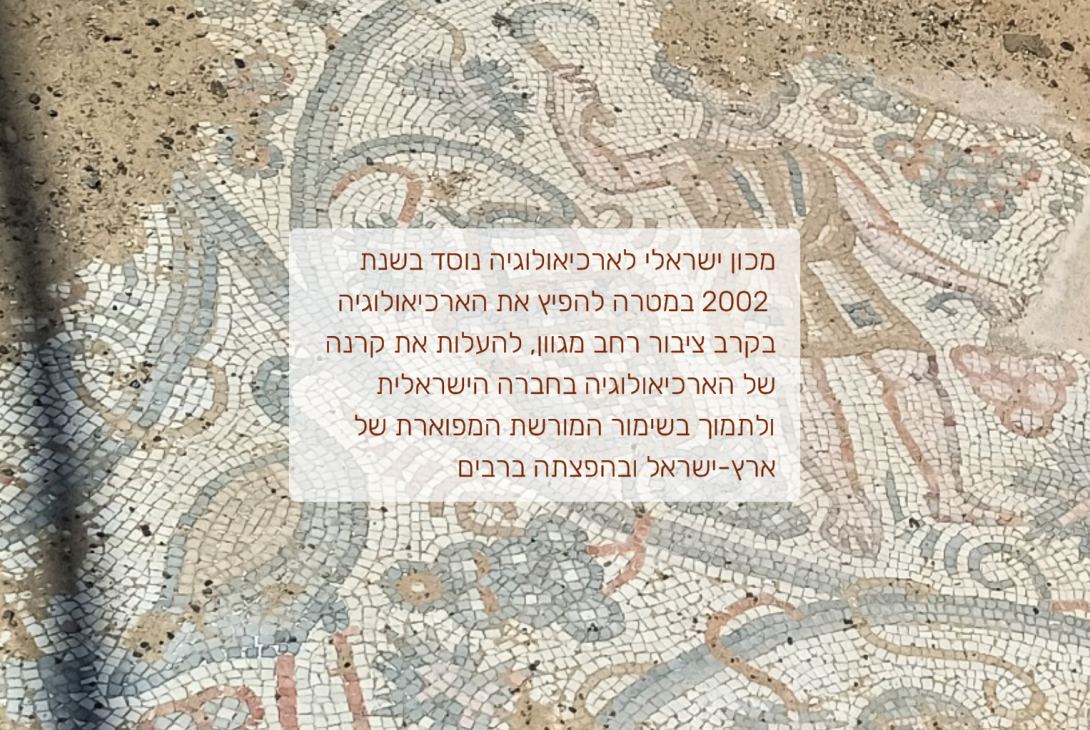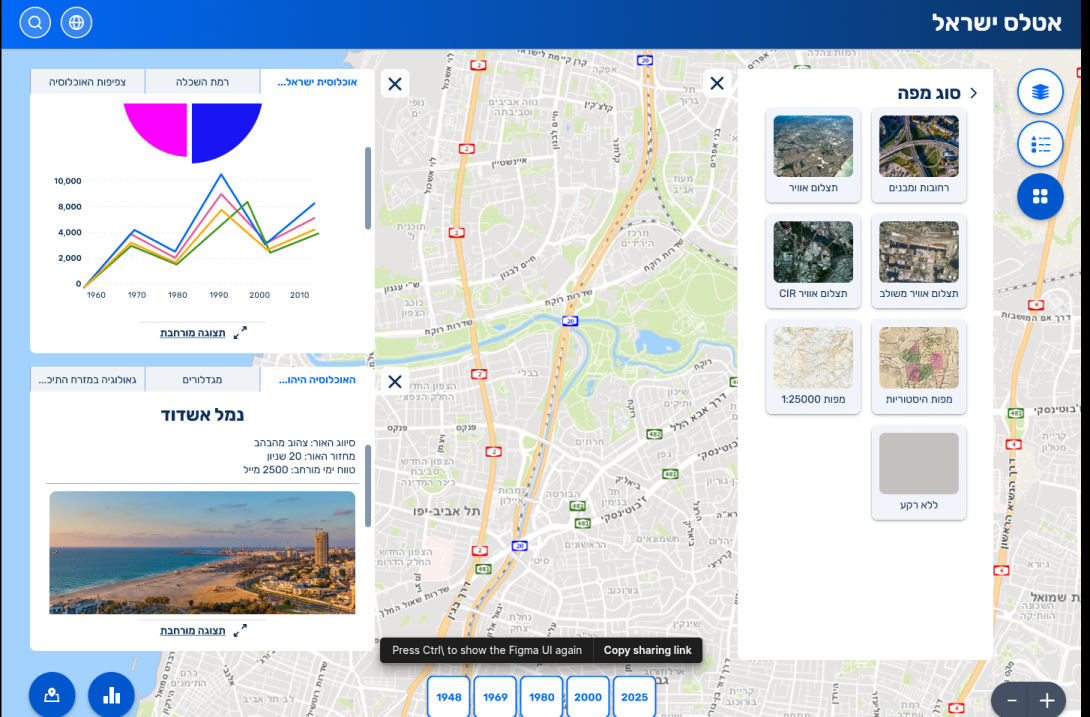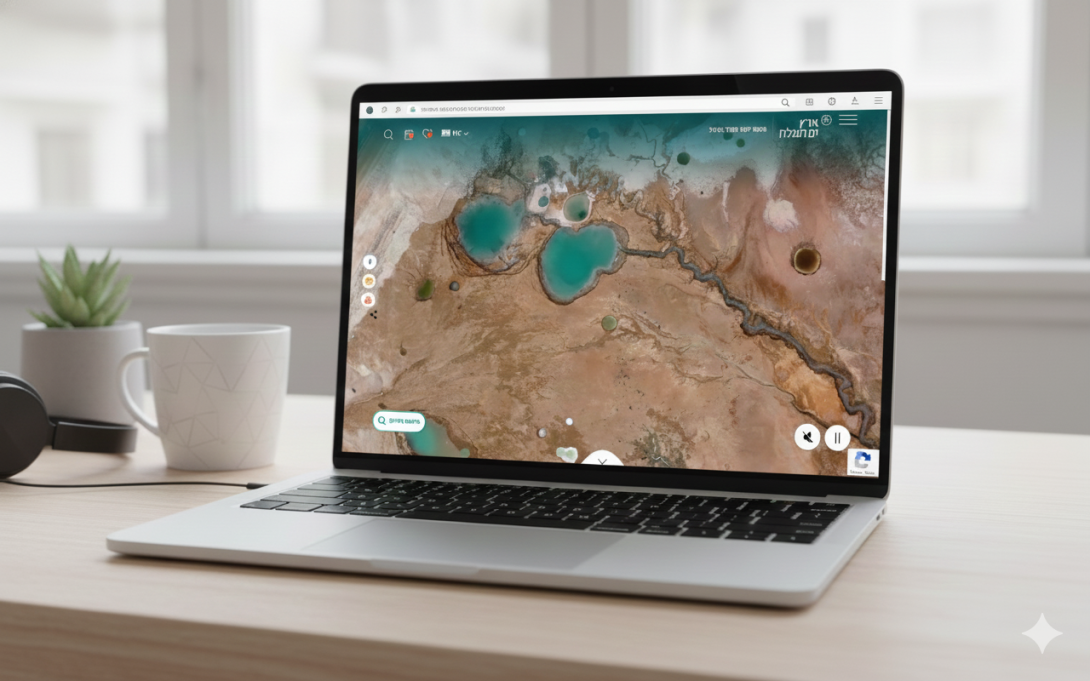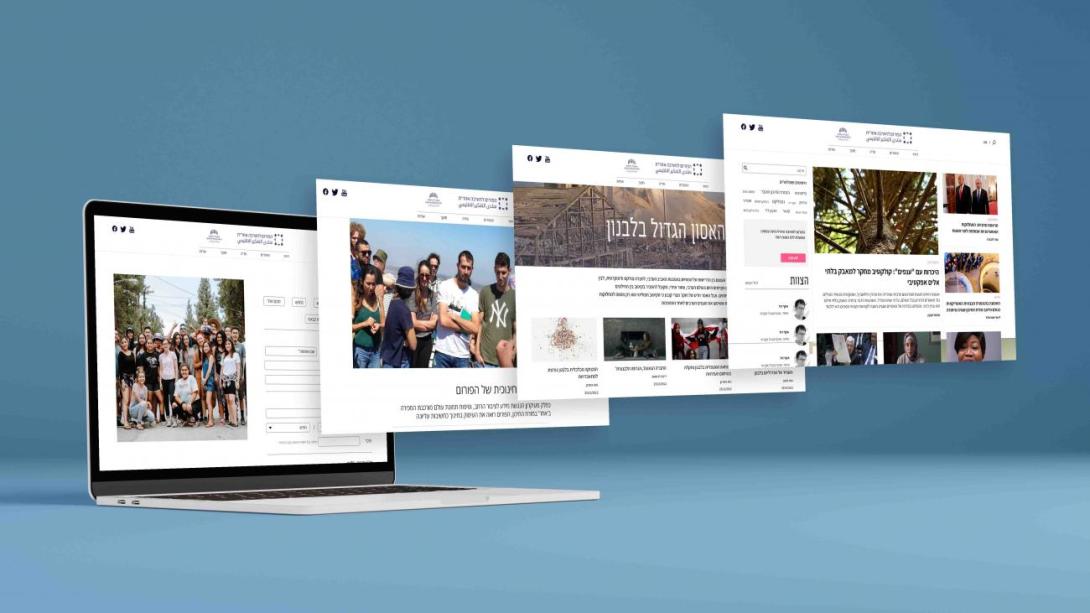מחקר חוויית לקוח CX
מחקר האינטראקציה של הלקוח עם העסק או המותג, בכל נקודת מגע:
- האתר או האפליקציה
- שירות הלקוחות
- חוויית הקנייה (אונליין או פיזית)
- המוצר עצמו והשימוש בו
- התקשורת השיווקית (מיילים, פרסומות, רשתות חברתיות)
כלומר, CX זה לא רק עיצוב או שירות לקוחות, אלא החוויה השלמה שהלקוח חווה מתחילת הקשר ועד אחרי הרכישה.
תהליך המחקר כולל איסוף וניתוח מידע על המשתמשים, הצרכים שלהם והאינטראקציות שלהם עם מוצר או מערכת. מחקר זה נועד ליישר את תהליך העיצוב ולהבטיח שהמוצר הסופי עונה על ציפיות המשתמשים ויעדיו. להלן סקירה כללית של השלבים האופייניים המעורבים בתהליך המחקר בעיצוב UX.
- יעדי מחקר: אנחנו מגדירים בבירור את המטרות והשאלות. מה אנחנו מקווים ללמוד או להבין על המשתמשים, ההתנהגויות והצרכים שלהם.
- שיטות מחקר: שיטות מחקר נפוצות בעיצוב UX כוללות ראיונות משתמשים, סקרים, בדיקות שמישות, מיון כרטיסים, מחקרי שטח וניתוח אנליטי.
- המחקר עצמו: עריכת ראיונות, ניהול סקרים, צפייה באינטראקציות של משתמשים או הפעלת מבחני שמישות. איסוף נתונים איכותיים וכמותיים כדי לקבל הבנה מקיפה של התנהגות המשתמש.
- ניתוח הנתונים: זיהוי דפוסים, מגמות ותובנות מפתח כדי להסיק מהנתונים מסקנות משמעותיות.
- הפקת ממצאים: הצגת התובנות בצורה ברורה וניתנת לפעולה, תוך הדגשת צרכי משתמש מפתח, נקודות כאב והזדמנויות לשיפור.
- שיתוף תובנות: התובנות יאפשרו את החלטות העיצוב ויעזרו ליצור פתרון ממוקד משתמש.
- חזרה וחידוד: שימוש בממצאי המחקר כדי לחדד את העיצוב. שילוב משוב ותובנות המשתמשים בתהליך העיצוב כדי ליצור מוצר ידידותי ויעיל יותר.
חשוב לציין שתהליך המחקר הוא לרוב חזרתי ומתמשך לאורך מחזור החיים של התכנון. מחקר מתמשך עוזר לאמת החלטות עיצוב, לחשוף תובנות חדשות ולהבטיח שהמוצר מתפתח כדי לענות על צורכי המשתמש ביעילות.

